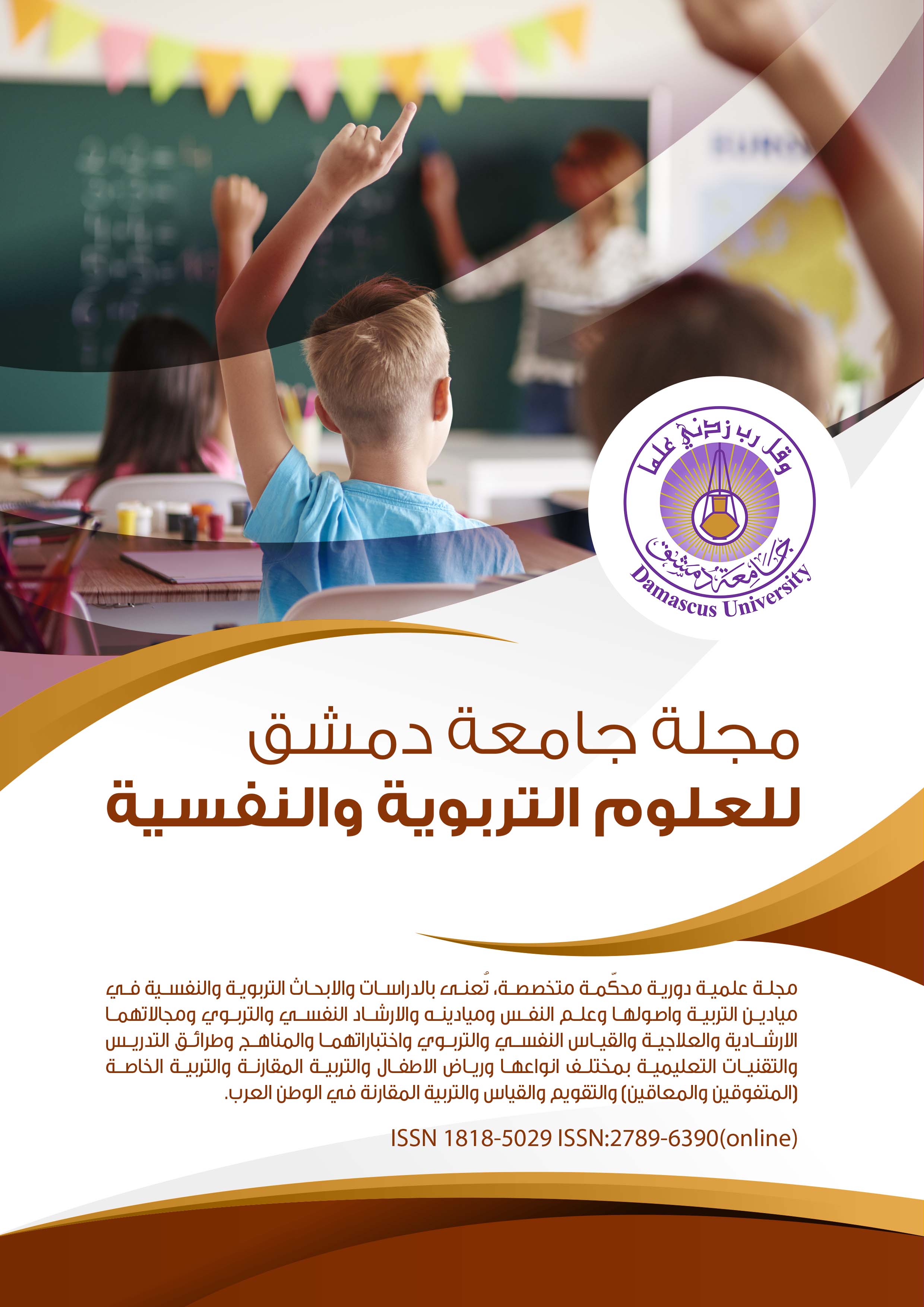The Effect of Teaching According to the Frayer Model in Developing Creative Thinking among Fourth Grade Students
Keywords:
Frayer's Model, Creative ThinkingAbstract
The research aimed to identify the effect of teaching according to Frayer's model in developing creative thinking skills among fourth-grade students. To achieve the research goal, the experimental method was used. It was based on a quasi-experimental design with two control and experimental groups. The research tools consisted of a teacher's guide and a booklet of classroom activities and tasks according to the model. Fryer, in addition to the Test of Creative Thinking Skills (Torrance). The research sample consisted of (78) fourth-grade students at the Martyr Awad al-Sayyid School in the city of Khan Arnaba in the Quneitra Governorate. They were divided into two groups (39) students for the experimental group, and (39) students for the control group in the second semester of the year (2021-2022 AD). ). After analyzing and processing the data, the results revealed that there was a statistically significant difference at the level of (0.05) between the average scores of the students of the experimental group and the control group in the post-application of the creative thinking skills test as a whole and each of its dimensions in favor of the experimental group. The results also confirmed the size of the large effect of the Frayer model. In developing creative thinking skills. The research recommended using Frayer's model in teaching basic education students, and working to develop students' creative thinking skills.

